Review for Welcome to the Ballroom: Part 1 - Collector's Edition
Introduction
One of the perks of reviewing films and TV is that I often get to review shows that I would otherwise have avoided completely, as just not being aimed at my target demographic. It’s not always a perk; in fact it’s rarely a perk, as it’s not often that I enjoy something that I had no intention of watching. But once in a while I get a nice surprise, get introduced to a whole new genre, be unexpectedly entertained. Take Yuri on Ice for example, a show about ice-dancing with a gay romance character arc; practically the last show that I’d go out of my way to watch. It turned out to be one of the best anime shows released here last year.
I’m approaching Welcome to the Ballroom with similar reluctance, albeit for a different reason. It feels like a show jumping on the Yuri on Ice bandwagon. The latter was a hit anime show that came out of nowhere, and swept the world. You can imagine a studio seeing that, and wishing that they had thought of it first, and then some bright spark opining that they could still have the dancing competition bit, only without the ice. Popular shows always have their imitators, and very rarely do those imitations live up to the original. Still, we have a lot of crossover potential here for anime fans who also like Strictly Come Dancing!
Tatara Fujita has a typical teenage problem, a lack of vision in his life. It’s something his teachers call him out on, although he feels a little solidarity when he sees classmate Shizuku Hanaoka in the faculty office for apparently the same reason. He’s wrong about her, as he learns when he runs into some bullies on the way home. A knight on a motorbike springs to his rescue, or rather Kaname Sengoku pounces on a likely candidate for lessons at the Ogasawara Dance Studio. His friendliness evaporates when he learns that Fujita can’t afford to pay for lessons, but it’s too late. Fujita has caught the bug, after seeing Sengoku dance, and especially after learning that Shizuku is a championship level ballroom dancer.
The first twelve episodes of Welcome to the Ballroom are presented across two Blu-rays from All the Anime, and note that at this time, this is a world exclusive English territory release for the series.
Disc 1
1. Welcome to the Ballroom
2. Kiyoharu Hyodo
3. Dance the Waltz
4. Dancer’s High
5. Partners
6. Line of Dance
Disc 2
7. The Tenpei Cup
8. Reality
9. A Flower in a Frame
10. Voltage
11. Final Evaluation
12. Encounters
Picture
Welcome to the Ballroom gets a 1.78:1 widescreen 1080p transfer. Given the episode distribution across two dual layer discs, you’ll be pleased to hear that the image comes across without any visible compression, aliasing or banding. It’s a fine transfer, bringing across the detail and the rich colours, the smooth animation without any issue. The character designs tend to the tall and elegant, and there is an unfinished look to the character line art which makes the show stand out. Where the show falls down is the actual animation, or I’m sad to say, lack of it. With ballroom dancing you’d be right in expecting fluid, energetic, and imaginative animation, matching the energy and dynamism of the real thing, but this is one of the shows that opt for pans over freeze-frame poses of dancers with demented grins on their faces. Visually, it’s no Yuri on Ice, but given the subject matter, it really needed to be.
Sound
You have the sole option of PCM 2.0 Stereo Japanese with player locked subtitles. The audio is fine, the actors are suited to their roles and the dialogue comes across clearly. The stereo does what it needs to bring across the action and the music, and I have to say that I really liked the theme songs. Anime Limited put forth their usual small white subtitles, and this is another release where they can’t show too many captions on screen at one time. This is an issue with on screen text. The start of episode 4 opts to show the episode title instead of translating the dialogue, there is a scoresheet in episode 7 that needs translating, and a diagram in episode 8 lacks a text translation which renders a joke meaningless. I was having Kazé levels of disappointment with the subtitling at times.
There also might be a player incompatibility issue. I watched most of the episodes on my home cinema without issue, but when I watched an episode on a standalone player, I noticed the odd audio glitch at the end of credit sequences, a little squawk after the music stops and before the episode or preview commences.
Extras
The discs present their content with animated menus. One thing I noticed was that the episode titles in the menu listing didn’t always match the subtitles in the next episode previews. There are no on disc extras with this release.
Conclusion
I need someone to invent a new number. Welcome to the Ballroom Part 1 is not quite worthy of an eight out of ten, but it’s better than a seven out of ten. Tell you what, I’ll give it seven out of nine. This is a frustrating show to review, because there are things about it that I do not like in the slightest, but there are things about the show that I love, think are brilliant, and it manages these things simultaneously. This show makes me facepalm, and peek through my fingers at the same time.
Welcome to the Ballroom is indeed a poor man’s Yuri on Ice, an anime jumping feet first onto the bandwagon, and trying to get things done on the cheap. The animation really does let the show down. It is as typical an anime as you can get in that regard, opting far too often for the slow pan over a freeze frame image of dancers in unnatural poses, freaky smiles in place. Yuri on Ice gave no thought to the health and wellbeing of its animators when it came to giving us thrilling and dynamic animation, but Welcome to the Ballroom never puts that kind of effort in. There was a stretch of around 20 seconds in episode 12 of a continuous dance sequence in real time, and I thought my luck had changed with the show, but it was a one-off, and we got more freeze-frame pans after that. Then there are the scenes where you do see some dancing, but for some daft, creative reason, the music fades out, and all you hear are shoes clumping across the floor.
The second annoyance is the return of the idiot savant main character cliché. It’s common in anime, the main character that is wasting their life away with no particular interests or enthusiasms, falling by accident into a new pastime for which it turns out, they have a preternatural talent that allows them to leapfrog into competition level. Tatara Fujita is dragged into a dance studio when a dance instructor rescues him from a bunch of bullies, in the hope that he can be enticed into paying for dance lessons. He can’t afford the dance lessons, but he does have a sort of photographic memory that allows him to recall and replicate dance moves after only seeing them once, which is enough to get him hooked onto a new interest. It’s an unrealistic shorthand to character development that can be spotted a mile off, and the anime has to be really special for me to forgive it. Yui in K-On this isn’t. Again, the main character in Yuri on Ice was a championship level ice-skater in a slump... realism.
But then there are the characters, and there is the story, and Welcome to the Ballroom is brilliant. Forgetting Fujita’s origins, he’s a likeable kid, who becomes emotionally enthusiastic about his new pastime, but also willing to devote the time to learn. He isn’t one to sit on his laurels or take things for granted. Sengoku is the beast of a dance teacher, not above emotional manipulation and underhandedness to inspire his new student, and a dance champion in his own right. Shizuku is a girl who attends the same school as Fujita, but who initially holds him in disdain, only warming to him when his dedication to dance becomes clear. Her partner is Hyodo, a gifted dancer who is obviously going places, but who has a clinical coldness to him. Later on we meet the sibling pair of Gaju and Mako. Mako’s a gentle girl who is yet to find her own voice, while Gaju has all the passion that Hyodo lacks.
The first four episodes really set the scene, bringing the first signs of drama, when Fujita’s gift for mimicry annoys Hyodo, and it gets worse during a competition when Hyodo can’t deal with an ongoing injury, and Sengoku substitutes Fujita at the last second to dance with Shizuku. While Hyodo recognises the potential in Fujita, he still pushes himself too hard and winds up suffering an injury that puts his dance career on pause.
Seven episodes are then given over to the arc where Gaju and Mako show up, with Gaju wanting Shizuku as his partner instead of Mako. In hospital, Hyodo asked Fujita to take care of Shizuku, and Fujita interpreted that as meaning protect her from lecherous dance partners. Besides, he’s also offended at the offhand way that Gaju is dismissing his sister. And so a bet is born. They will all dance in a competition, Gaju with Shizuku, and Fujita with Mako, and if Fujita and Mako win, then Gaju will keep his sister as his dance partner. An emotionally strong, engaging story arc commences which is hard to turn your eyes away from, compulsive viewing for all six episodes, and there is plenty of character growth to be had here.
The final episode in this collection is the start of a whole new arc, with Shizuku challenging Fujita to competition, giving him a year to get up to her standard. It’s also the start of a new school year, as they move from middle school to high school, and with Fujita in the worrying position of having to find a permanent dance partner, and not knowing anyone else who likes ballroom dancing.
A worn out cliché and lacklustre animation have to be balanced with some top quality storytelling. The quality of the AV presentation is top notch, but the subtitling can be problematic. It’s an infuriating show to judge, but it’s definitely a 7 out of 9 show; yup, 7/9.
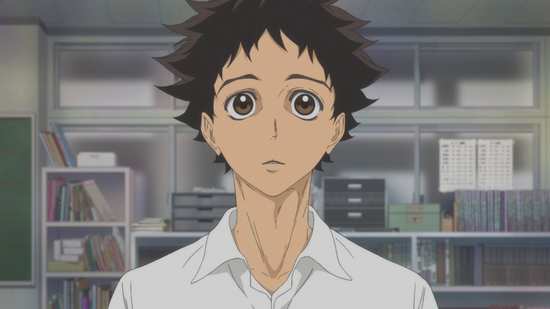
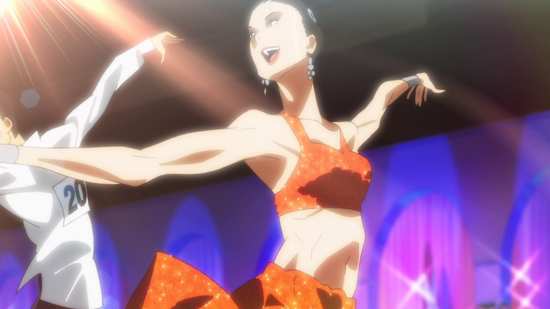


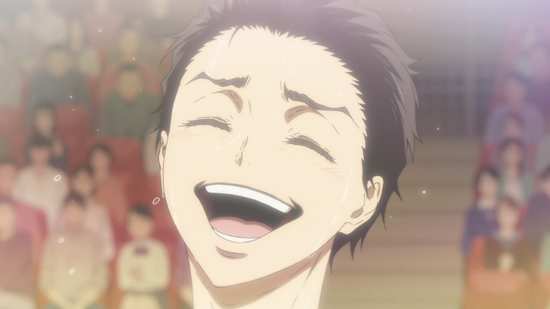
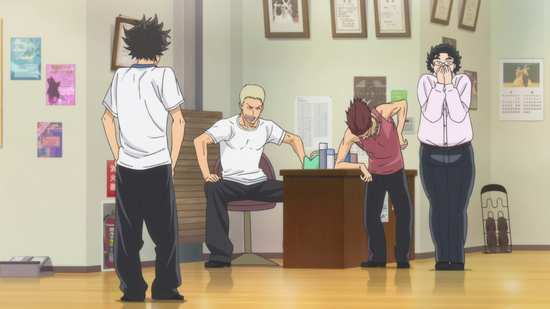
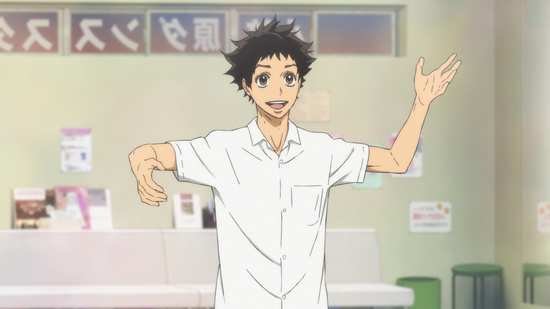
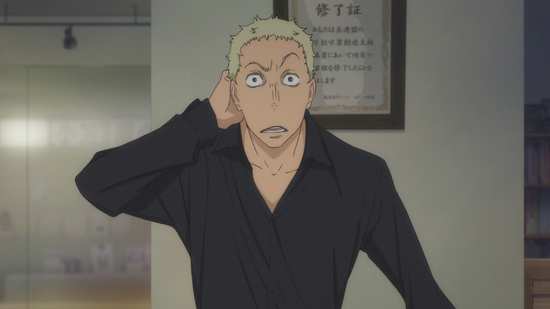
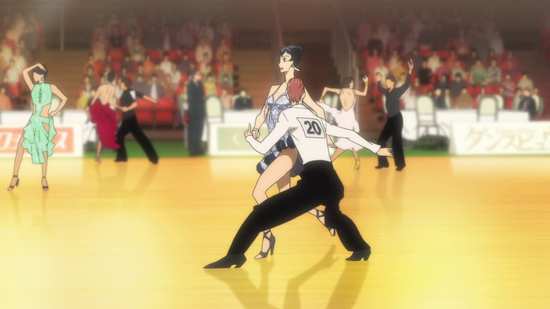


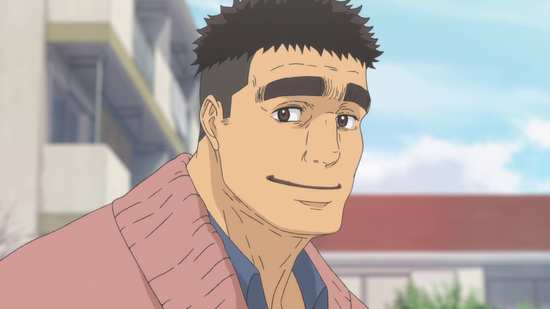
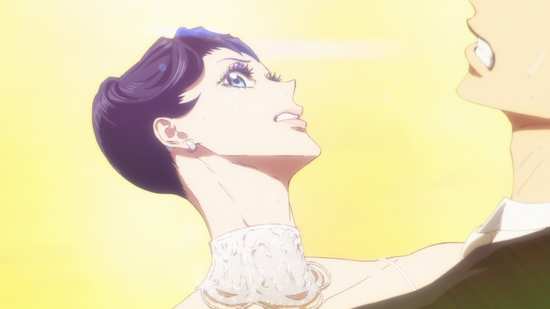

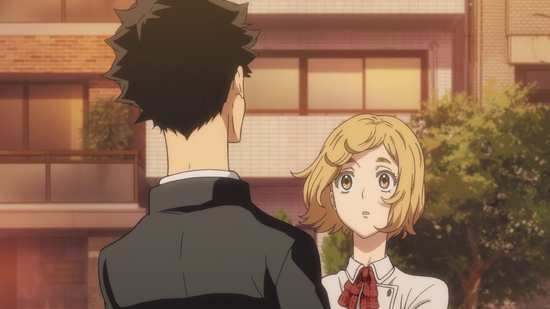
Your Opinions and Comments
Be the first to post a comment!